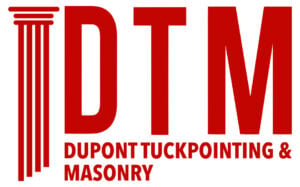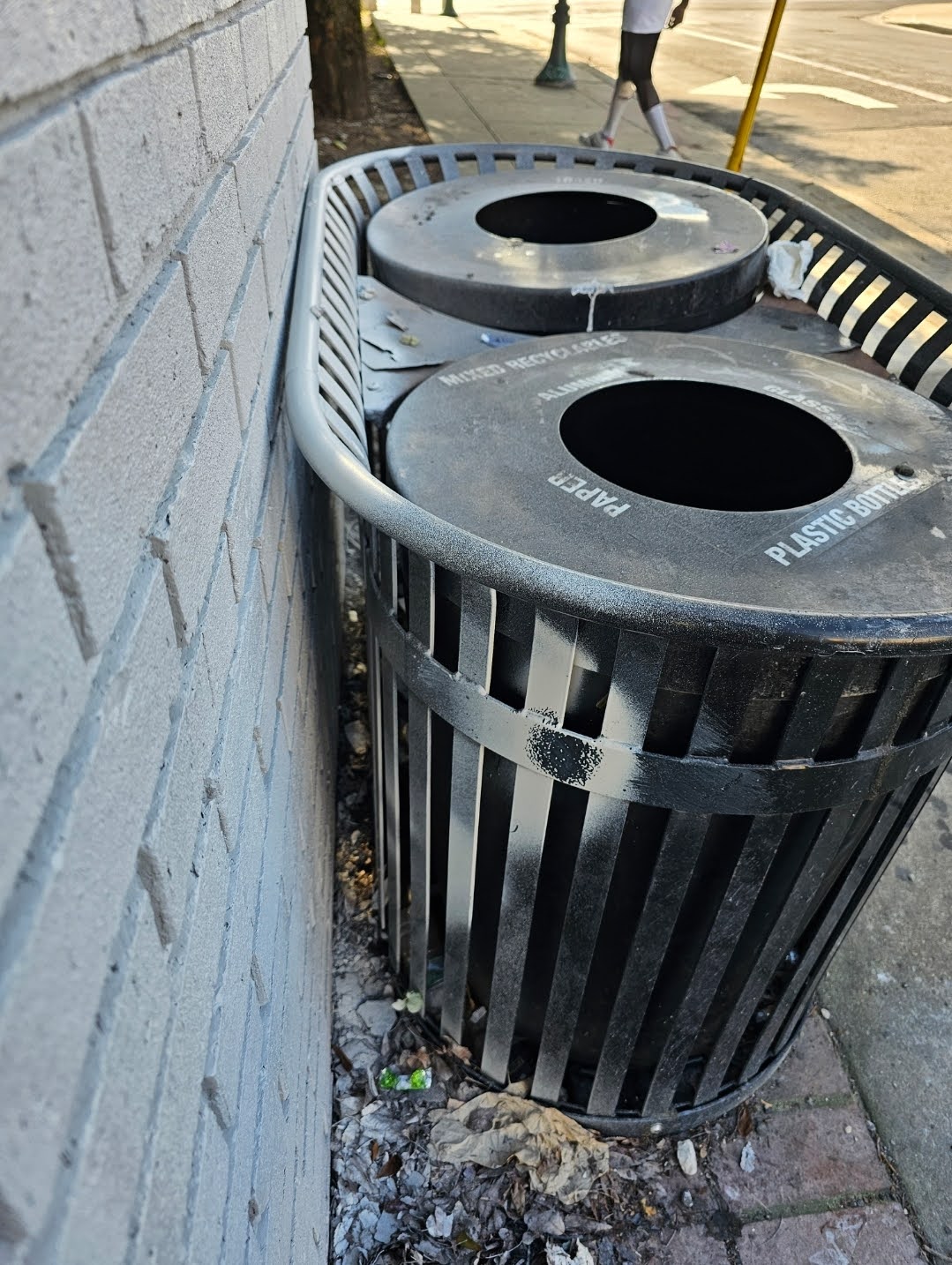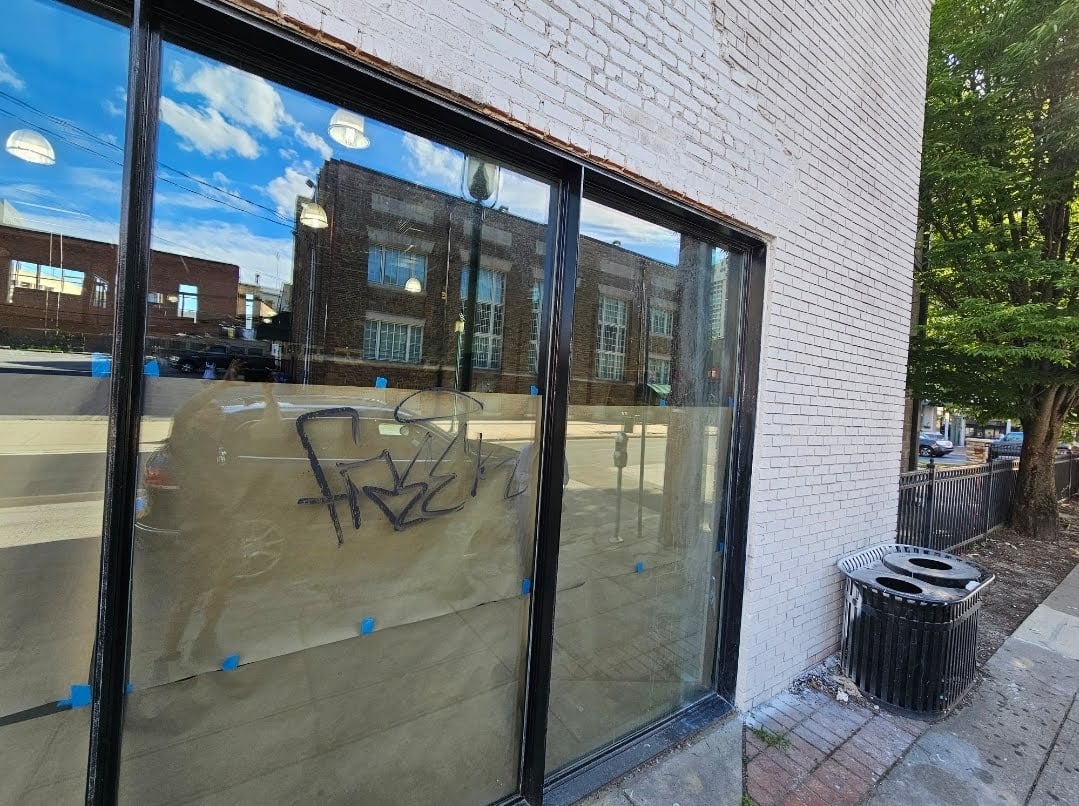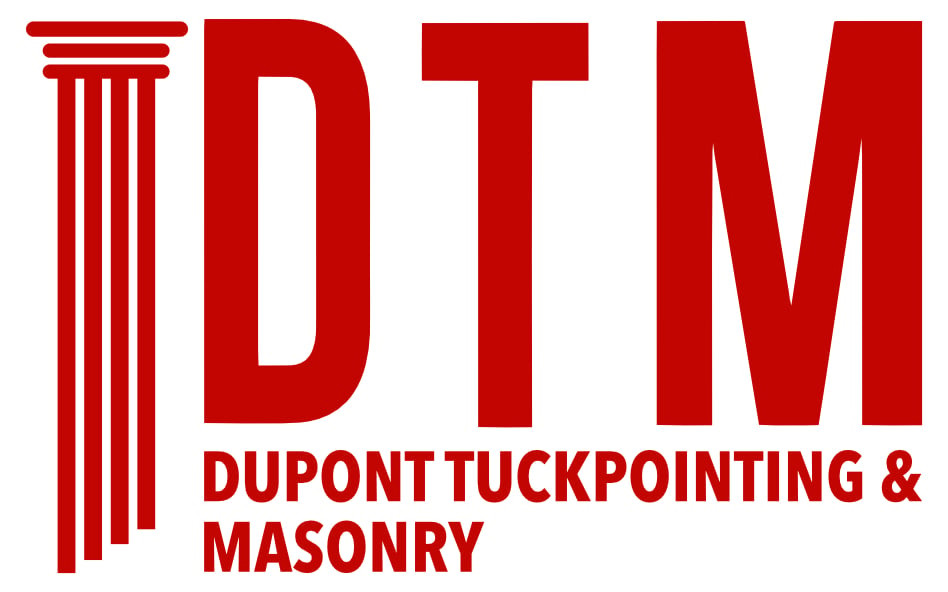Masonry damage risks from leaking gutters in DC homes
This past week, we started a series looking at a particular historic masonry building. The building is over 100 years old and in a state of neglect. Often, before people even lose interest in the use of a building, they lose the ability to care for the building. Here on our website and in many studies from the field, we’ve shown, time and time again, that building upkeep is very affordable.
It’s especially affordable compared to the loss of use of a building and/or failure of the building structural systems. Nonetheless, with so many thousands of buildings throughout the historic cities here in the United States, with the changing interest in urban areas, many of these buildings have fallen into disrepair.
This past week, we looked at this building and we talked about the methods of deterioration and how deterioration is accelerated from exposure to moisture. Regular exposure to moisture is typical and over time will affect the condition of a building. In this particular case, though, with a damaged gutter, water has been concentrated and then directed to pour against the building facade. That concentration of water, almost pouring like a faucet, down the face of the building, at each interval of rain and precipitation has led to specific areas of concentrated deterioration.
We talked about how the plant growth at particular areas of the building was both an indicator and a catalyst for continued deterioration. In simple terms, after mortar and masonry elements have deteriorated significantly, they are reduced to some of the constituent substrate materials, like sand. They basically lose their cohesive nature, but for up to many years may remain in a somewhat physically stable-looking form. The stable looking appearance is misleading because even though things may appear to be in their normal overall shape, the building is slowly falling apart from the outer edges towards the inside.
The picture below shows not just moss and mildew growing on the surface of the building but actual complex plant life forms. These are actually small trees that are growing from the brick masonry facade of the building. The root systems of these plants reach into the mortar, in small tendril like tentacles. As they grow, both in length and in thickness, they break apart the surrounding areas of the brick mortar.

As the water makes its way down the facade of the building, it damages the masonry and the mortar joints, but it can also cause specific and acute damage to the ferrous elements installed inside of the masonry facade for structural support and particularly for tensile resistance.

There are several different elements exposed at the surface of this lintel. There are white calcium salt deposits from the deteriorated brick and mortar above leaching down through the rain waters diverted onto the surface of the walls. There is also a dark color of oxidation and rust at the surface of the steel lentil. The steel lintels were painted in the past, but over time the paint, at the surface of the steel, has largely delaminated and deteriorated away.
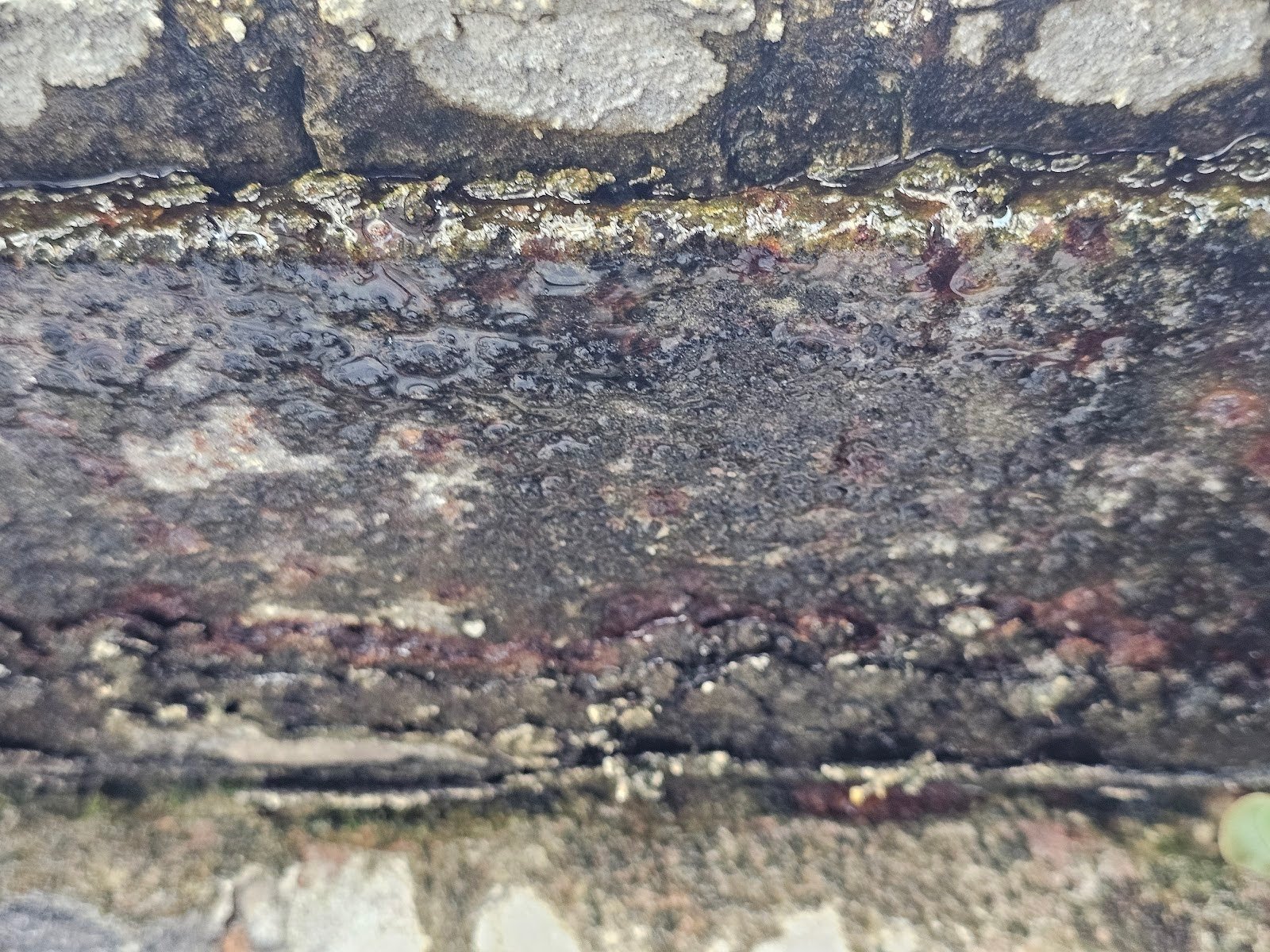
Without proper care, maintenance, and upkeep, masonry surfaces will all deteriorate with time, but in this case with the concentration of water applied or misdirected onto this particular area of the historic masonry facade, the wall looks particularly gruesome at this location. Mold and mildew and plant life are growing onto the surface of the brickwork and mortar and particularly at the ledges and slight projections away from the planar face of the facade, you can see acute areas of discoloration.
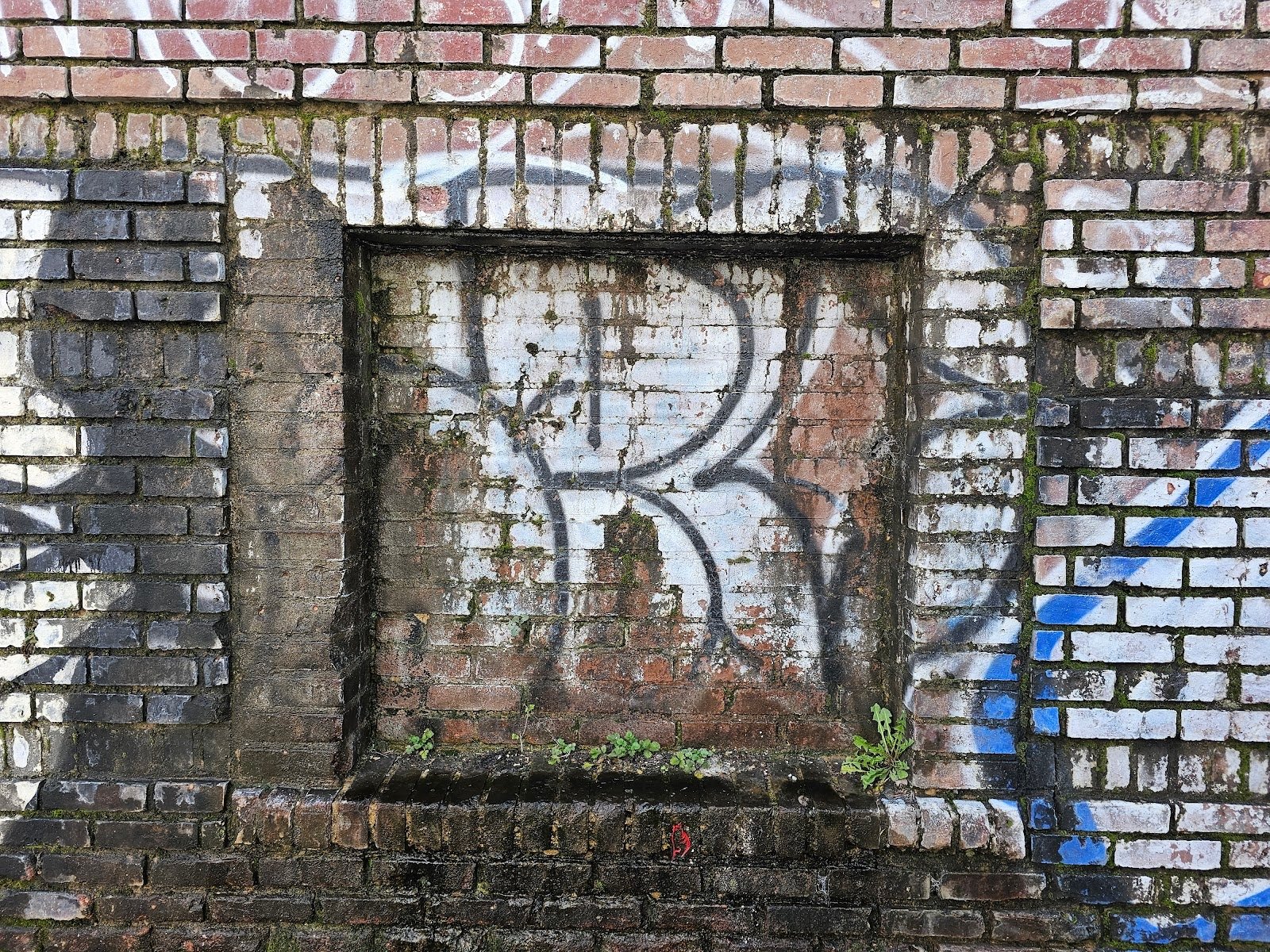
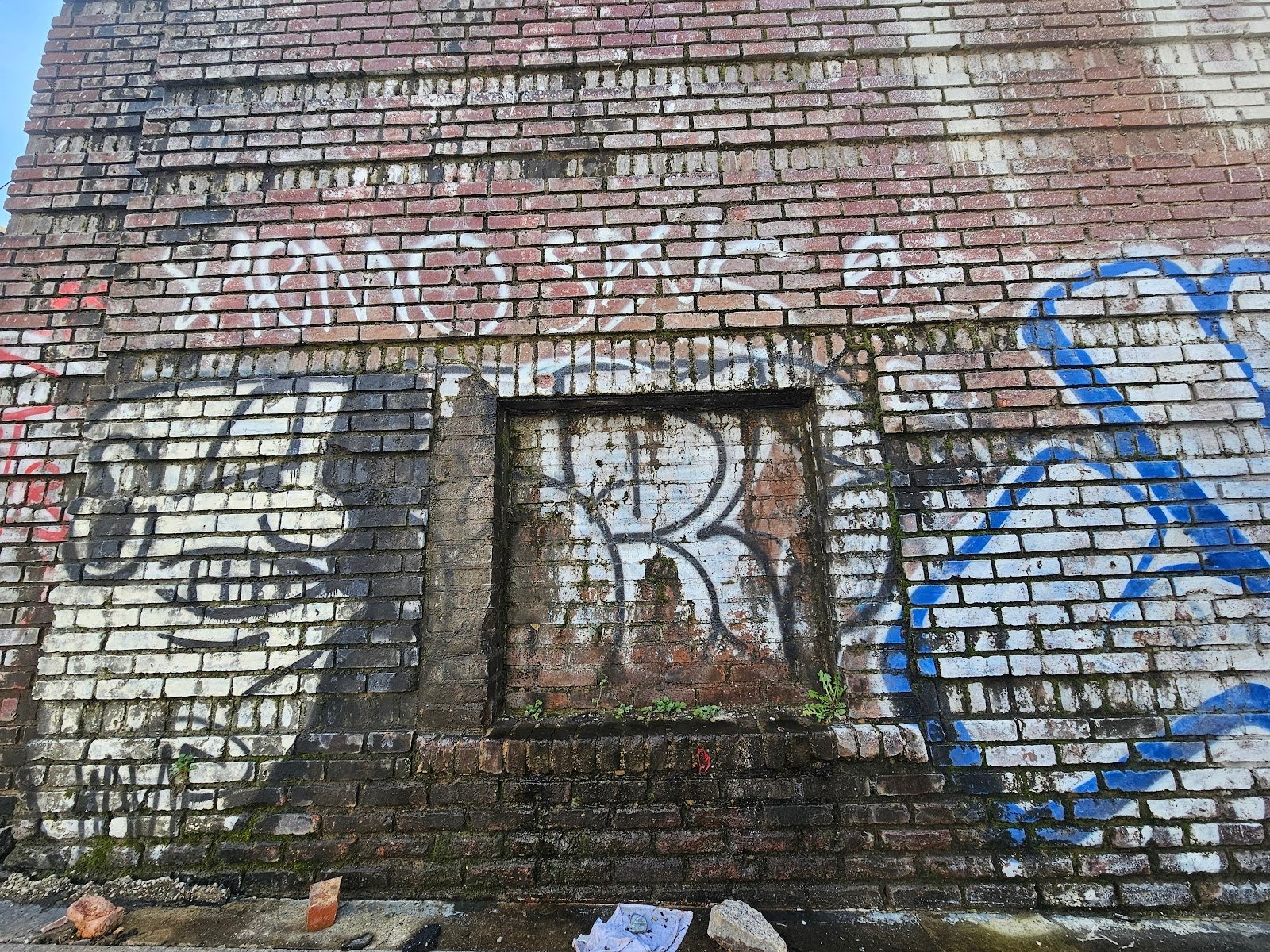
Concentration of misdirected water needs to be fixed first, but just after that it’s done, this building needs to be repointed. The other areas of the facade might be in slightly better condition or have possibly been restored somewhere in the mid lifespan of the building, but the area at this section of the building where the water is channeled, it has caused significant deterioration at the mortar joints.

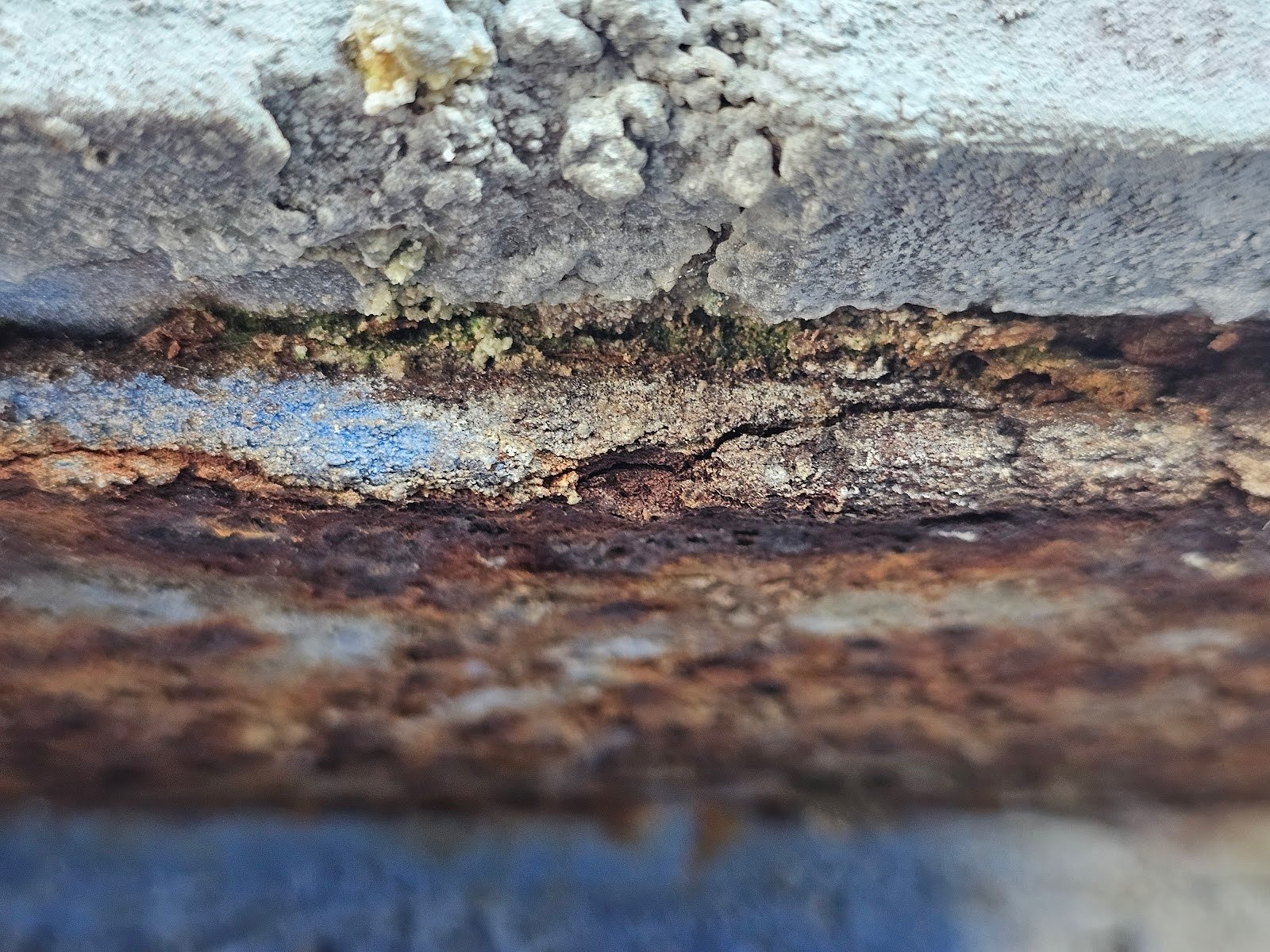
Our company, Dupont Tuckpointing and Masonry, specializes in masonry restoration, historic brick repointing, and tuckpointing services in the Washington D.C. area. These buildings are uniquely historic, and their preservation requires skilled masons who are technically trained in the best practices and knowledge of proper restoration techniques.
We understand the significance of maintaining the architectural integrity of these historic structures, and our team of experienced professionals is dedicated to delivering exceptional craftsmanship. Whether you require masonry restoration, tuckpointing, or brick repointing services, we are here to help.
At Dupont Tuckpointing and Masonry, we take pride in our work and strive to ensure that every project is executed with the utmost care and attention to detail. We are committed to preserving the rich heritage of Washington D.C.’s built environment for generations to come.
If you have any questions or needs regarding masonry restoration, historic brick repointing, or tuckpointing services, please do not hesitate to reach out to us. We would be delighted to assist you and provide you with the expertise and quality workmanship that your historic property deserves.
You can reach us by telephone at (202) 796-7644 and you can reach us by email from the contact form on our website at https://duponttuckpointingmasonrydc.com/contact-us/.
